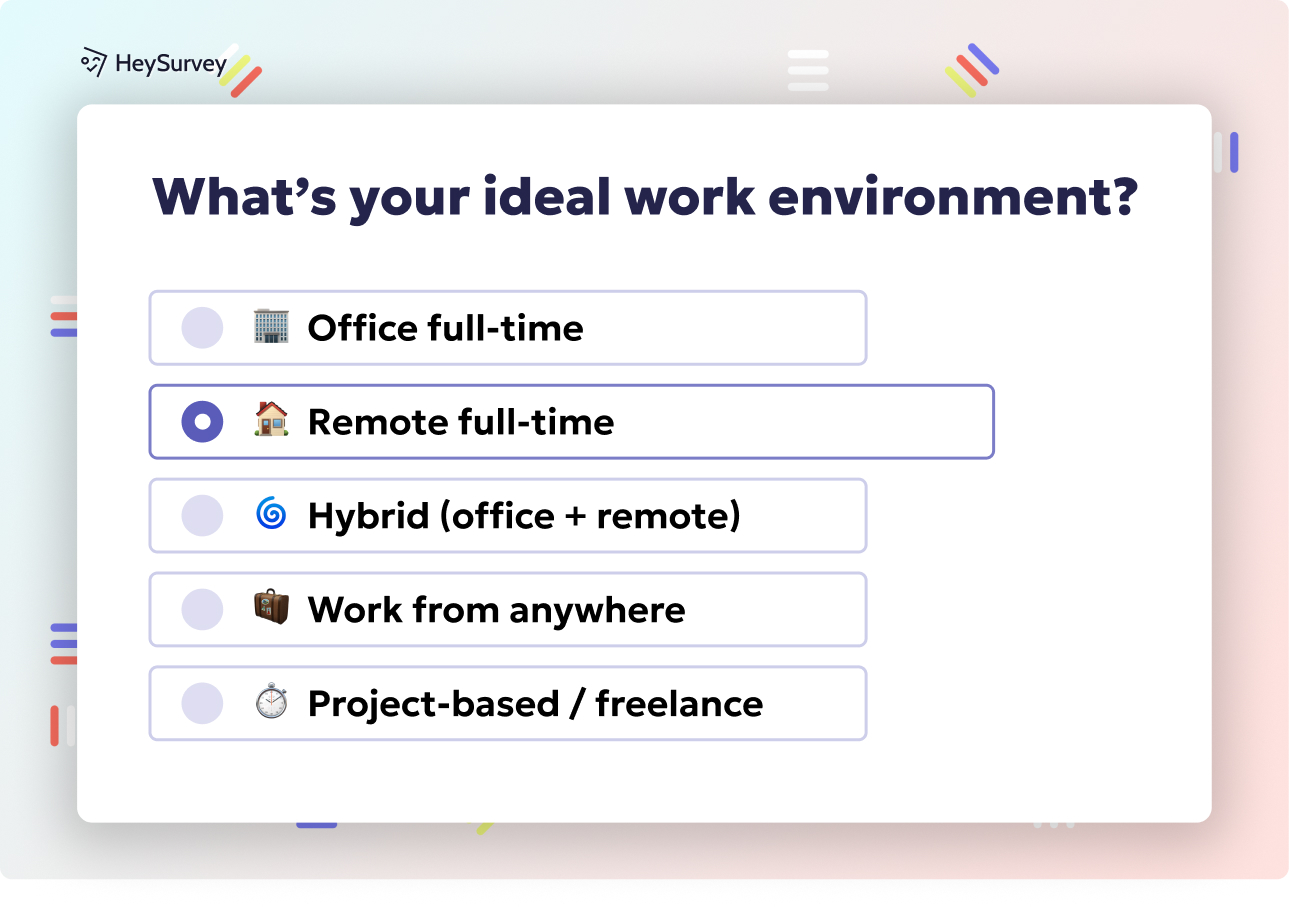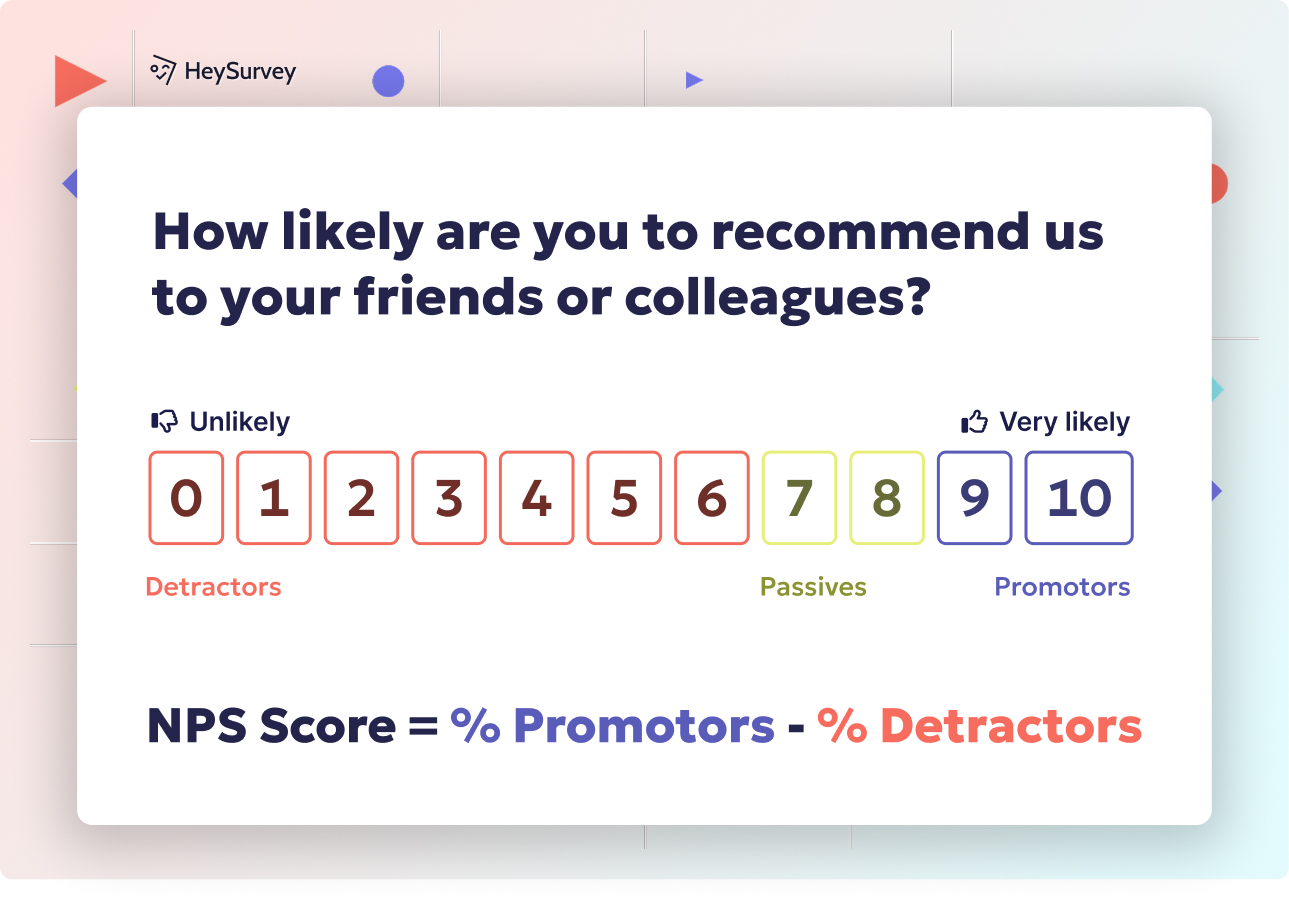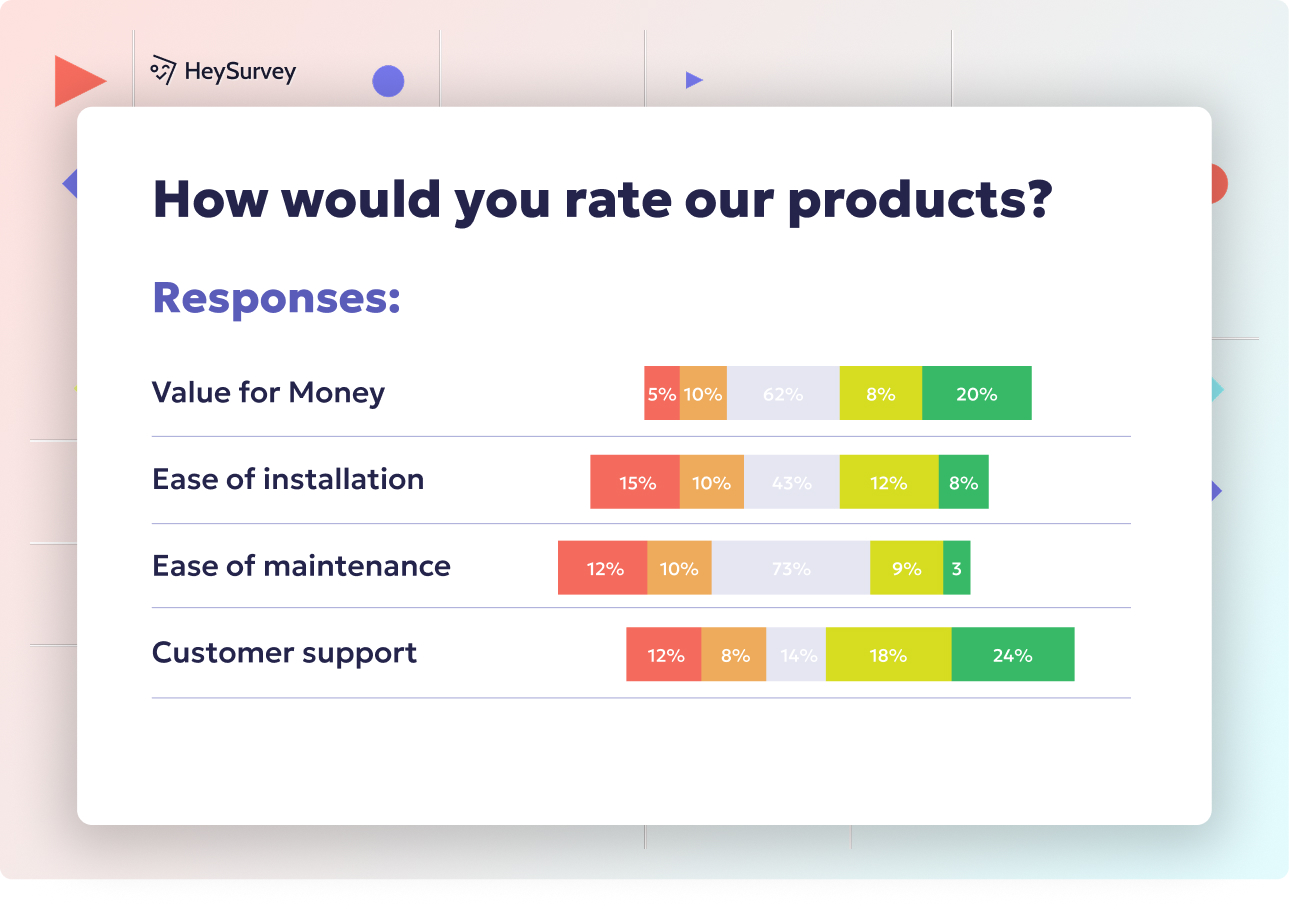40+ Accessibility Survey Questions for Inclusive Feedback Guide
Discover 40+ accessibility survey questions covering web, workplace, products, events, transport, education, and healthcare for inclusive feedback.
Introduction – Why Accessibility Surveys Matter
Accessibility encompasses the design of digital platforms, physical spaces, and services to ensure they are usable by individuals with diverse abilities. While analytics and compliance audits provide valuable insights, they often overlook real-world barriers faced by users. Conducting accessibility surveys at various stages—such as during the design phase, post-launch, after policy changes, or during annual audits—helps organizations identify and address these overlooked challenges. By gathering inclusive feedback, organizations can enhance accessibility compliance and create more inclusive experiences for all users.
Web & Digital Accessibility Survey
Why & When to Use
Web accessibility surveys are essential for assessing the usability of websites, apps, kiosks, and SaaS tools. They are particularly valuable after updates to the Web Content Accessibility Guidelines (WCAG), major redesigns, or when recurring support tickets indicate usability issues. By gathering inclusive feedback, organizations can identify and address barriers that analytics and compliance audits might miss, ensuring a more accessible digital experience for all users.
5 Sample Questions
- Which assistive technologies (screen reader, voice control, magnifier) do you use on our site?
- How easily can you navigate our menus using only a keyboard?
- Did any images, videos, or documents lack alternative text or captions?
- On a scale of 1–5, how clear are our error messages when a form submission fails?
- What single change would most improve your experience on our digital platform?
A study by WebAIM found that 97.4% of home pages had detectable WCAG 2 failures, highlighting widespread accessibility issues. WebAIM: The WebAIM Million
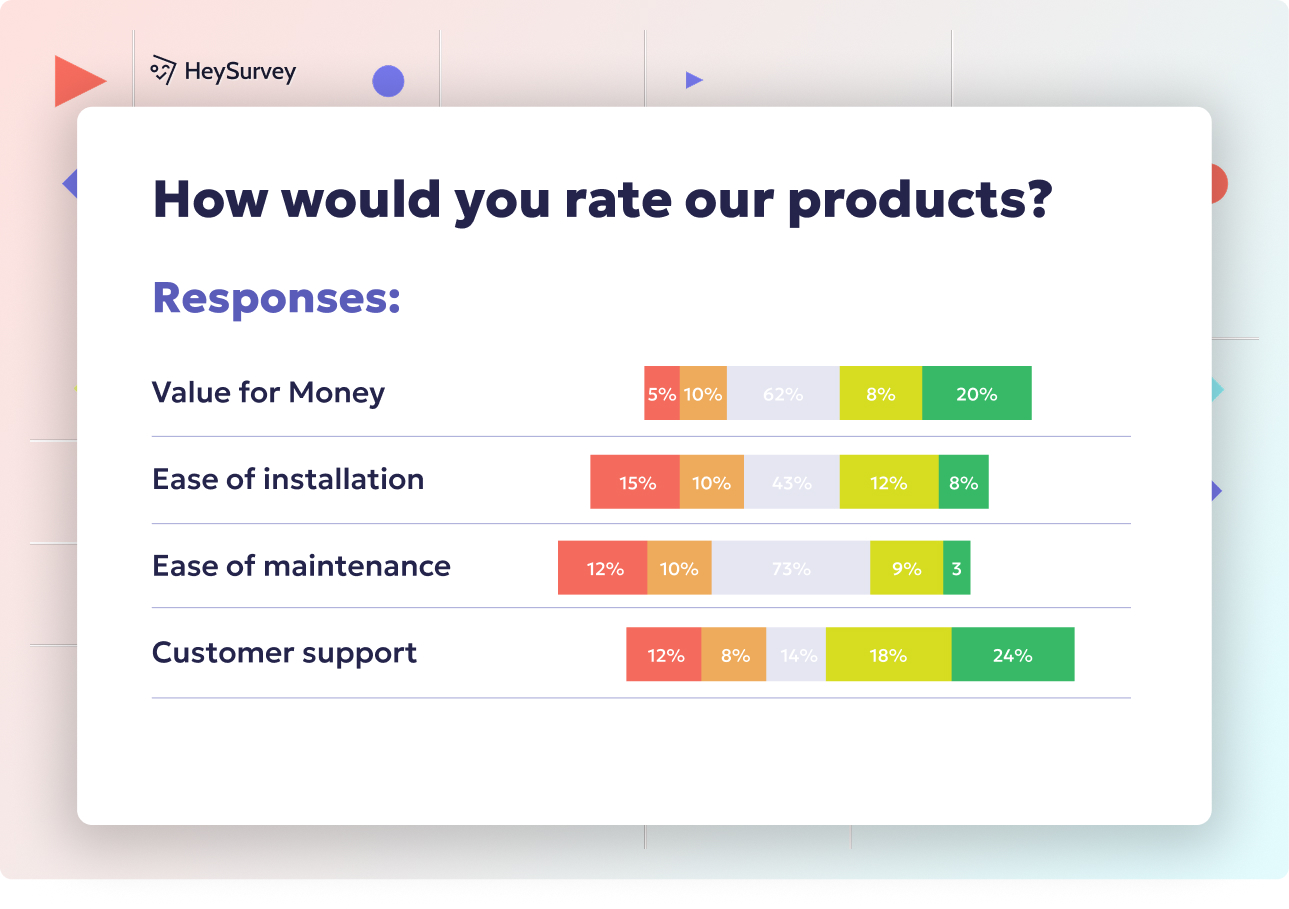
Creating an accessibility survey with HeySurvey is a breeze—even if you’re new to the platform! Here are 3 easy steps to get you rolling, plus a couple of handy bonus ideas to make your survey truly yours.
Step 1: Create a New Survey
Start by clicking “Create New Survey” on the HeySurvey dashboard. For a head start, you can also open one of the accessibility survey templates tailored to your needs with the button below. Pick a blank sheet if you want complete control or a pre-built template to save time. Once selected, you’ll jump straight into the Survey Editor where you can name your survey and prep for question input.
Step 2: Add Your Questions
Hit the “Add Question” button at the top or between existing questions. Choose the type that fits best — text input, multiple choice, or scale questions are among your options. Enter your question text, add descriptions, and configure details like whether answers are required. Remember to sprinkle in some open-ended questions to encourage rich, inclusive feedback. You can also add images or logos to make your questions pop!
Step 3: Publish Your Survey
When your questions shine and you’re happy with the flow, click “Preview” to test the survey exactly as your participants will see it. Make any last-minute tweaks, then press “Publish” to generate a shareable link or embed the survey on your website. Just note, publishing requires a free HeySurvey account so you can collect and analyze responses with ease.
Bonus Step 1: Apply Your Branding
Customize the look by adding your logo in the top-left corner. Use the Designer Sidebar to tweak colors, fonts, backgrounds, and layouts. This makes your survey feel like a natural extension of your organization, boosting engagement.
Bonus Step 2: Define Settings or Skip into Branches
Set start and end dates, response limits, or redirect URLs in the Settings panel. Want to tailor the respondent experience? Use branching to send people to different follow-up questions based on their answers, which is fantastic for diving deeper into specific accessibility needs without overwhelming everyone with every question.
Ready to create your survey? Start now using this Accessibility Survey Template or explore more examples like Event Accessibility Survey or Web Accessibility Survey to see questions in action!
Physical Workplace Accessibility Survey
Why & When to Use
Physical workplace accessibility surveys help identify architectural and procedural barriers in offices, factories, or retail spaces. They are particularly useful before office moves, renovation projects, or health-and-safety audits. By gathering inclusive feedback, organizations can enhance accessibility compliance and create a more inclusive environment for all employees and visitors.
5 Sample Questions
- Are entrance ramps and doorways wide enough for your mobility device?
- How accessible are restrooms and break rooms for you?
- Do you find emergency alarms both audible and visible?
- Rate the clarity of our signage for accessible routes (1–5).
- What additional accommodations would enhance your daily workflow?
Conducting physical workplace accessibility surveys is crucial for identifying and mitigating barriers, thereby enhancing inclusivity and compliance. Source
Product Accessibility Feedback Survey
Why & When to Use
Product accessibility feedback surveys assess physical or digital products (hardware, appliances, wearables) for usability by people with disabilities. They are ideal during beta testing, after release, or when adding new features. By gathering inclusive feedback, organizations can identify and address accessibility issues that might not be evident through other means, ensuring a more inclusive product experience.
5 Sample Questions
- Were the tactile controls/buttons easy to locate and operate?
- Did the packaging include Braille or large-print instructions?
- How intuitive was voice-control setup?
- Describe any sensory feedback (vibration, sound) that improved or hindered use.
- Would you recommend this product to others with similar accessibility needs?
Event & Venue Accessibility Survey
Why & When to Use
Event and venue accessibility surveys measure inclusivity of conferences, concerts, sports arenas, and museums. They should be issued pre-event to plan accommodations and post-event to gauge satisfaction. By gathering inclusive feedback, organizations can identify and address accessibility barriers, ensuring a more inclusive experience for all attendees.
5 Sample Questions
- How easy was it to request sign-language interpretation during registration?
- Rate the visibility of captioning screens at the event (1–5).
- Were seating areas with clear sightlines available for wheelchair users?
- Did staff provide adequate assistance when asked?
- What accessibility improvement should be prioritized for our next event?
A study on Expo 2020 Dubai revealed that while significant efforts were made to enhance accessibility, challenges remained in fully meeting the diverse needs of attendees with disabilities. (link.springer.com)
Transportation & Commuting Accessibility Survey
Why & When to Use
Transportation and commuting accessibility surveys evaluate buses, trains, ride-share services, parking, and building shuttles. They are particularly useful after route changes, fleet upgrades, or schedule revisions. By gathering inclusive feedback, organizations can identify and address accessibility issues, ensuring a more inclusive commuting experience for all passengers.
5 Sample Questions
- How reliably do ramps or lifts function on your route?
- Are auditory and visual stop announcements clear and synchronized?
- Rate driver sensitivity to passengers with mobility devices (1–5).
- How accessible are ticket-purchasing machines or mobile apps?
- What factors prevent you from using our service more often?
Educational Institution Accessibility Survey
Why & When to Use
Educational institution accessibility surveys collect feedback from students, faculty, and parents on campus buildings, learning platforms, and curricula. They are ideal at semester’s end, after learning management system (LMS) updates, or during accreditation reviews. By gathering inclusive feedback, institutions can identify and address accessibility barriers, ensuring a more inclusive educational experience for all stakeholders.
5 Sample Questions
- Did you receive course materials in your preferred accessible format?
- How accommodating were classroom layouts for your mobility needs?
- Evaluate the responsiveness of disability-services staff (1–5).
- Were online lectures captioned accurately and promptly?
- What additional resources would support your academic success?
Healthcare Facility Accessibility Survey
Why & When to Use
Healthcare facility accessibility surveys assess hospitals, clinics, and telehealth portals for inclusive patient experiences. They should be conducted after facility upgrades or the introduction of new patient-intake technologies. By gathering inclusive feedback, healthcare providers can identify and address accessibility issues, ensuring a more inclusive experience for all patients.
5 Sample Questions
- How accessible were appointment-scheduling options (phone, online, in-person)?
- Were examination tables and diagnostic equipment adaptable for your needs?
- Did staff communicate medical information in a format you understand?
- Rate the clarity of way-finding signage inside the facility (1–5).
- What improvements would make future visits easier?
Dos and Don’ts for Crafting Effective Accessibility Surveys
- Do use plain language; don’t rely on jargon.
- Do offer multiple response formats (text, voice, large print, Braille); don’t make every question mandatory.
- Do include open-ended questions for nuanced feedback; don’t embed inaccessible CAPTCHA.
- Do test survey accessibility with screen readers and keyboard-only navigation; don’t let responses vanish into a black hole.
- Do communicate how feedback will drive change; don’t let responses vanish into a black hole.
Conclusion – Turning Feedback into Action
Incorporating inclusive feedback through well-crafted accessibility surveys is crucial for identifying and addressing barriers that analytics and compliance audits might miss. By deploying surveys at strategic times—such as during the design stage, post-launch, after policy changes, or during annual audits—organizations can enhance accessibility compliance and create more inclusive experiences for all users. Remember, the key to success lies in listening to your users and acting on their feedback.
Related Feedback Survey Surveys

25 Catering Survey Questions to Collect Actionable Feedback
Discover 30 expert catering survey questions to gather actionable feedback that enhances menus, s...
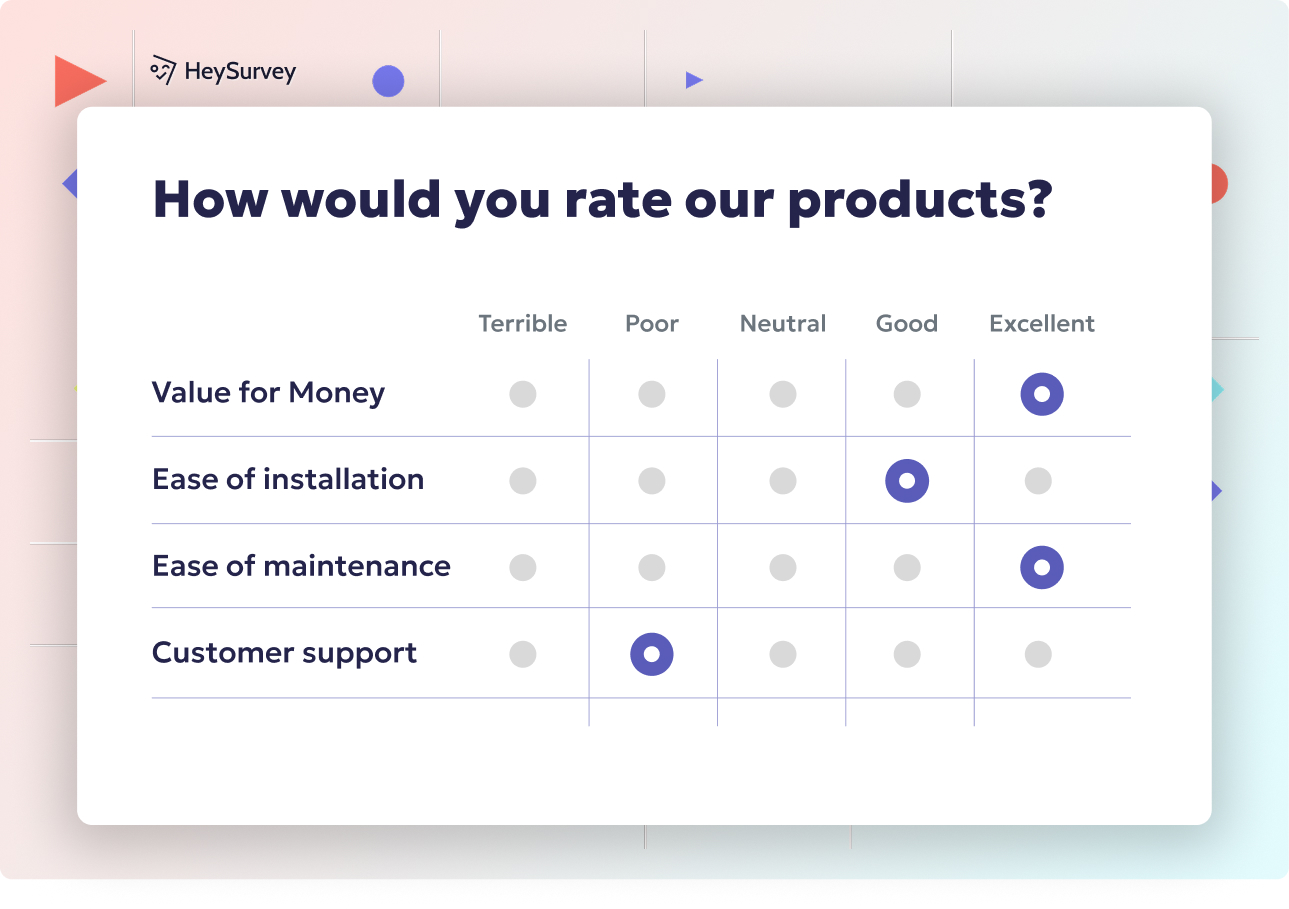
30 User Feedback Survey Questions for Better Insights
Discover 40+ user feedback survey questions across 8 types to boost product insights, UX, and cus...
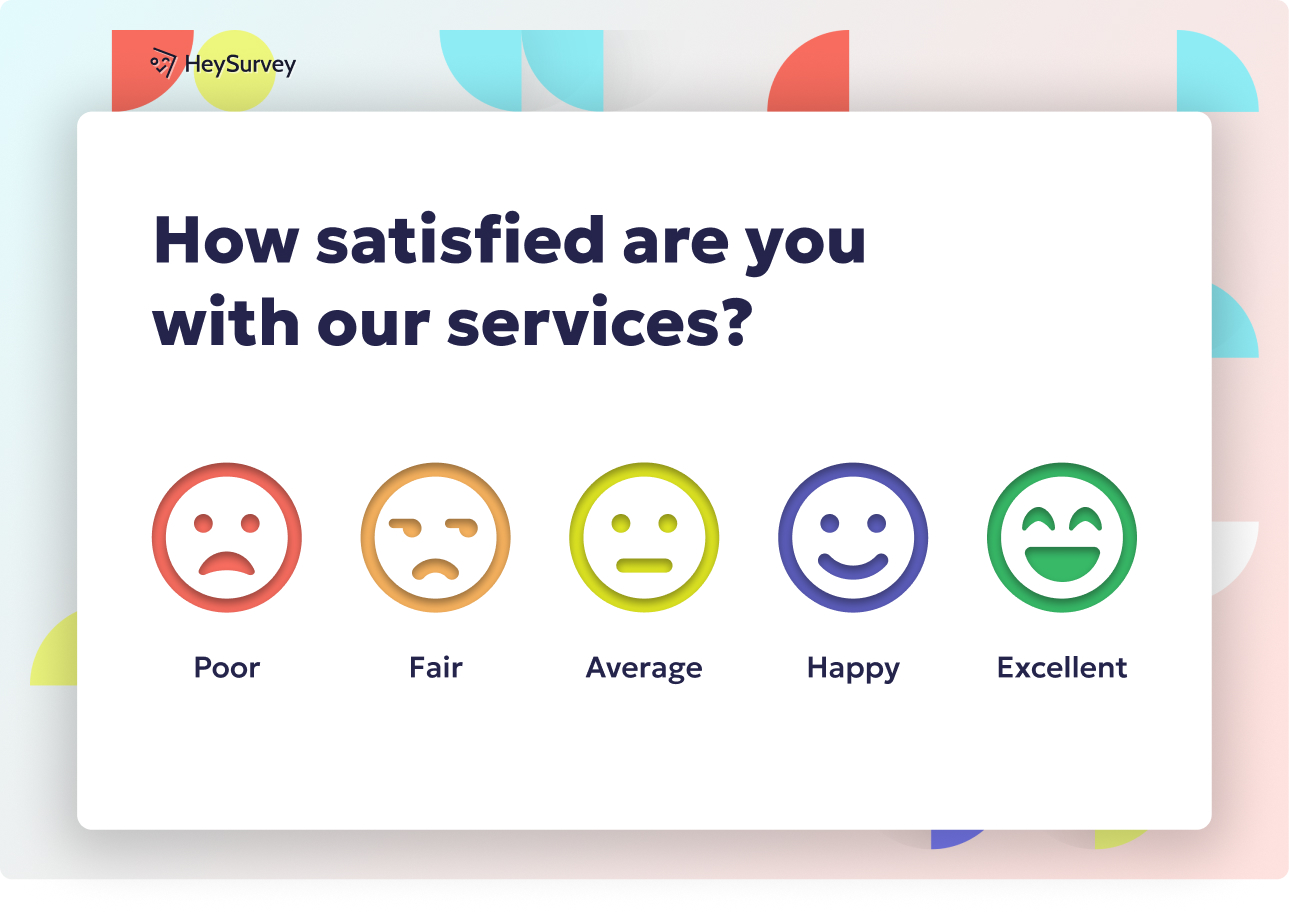
30+ Environment Survey Questions for Sustainable Insights
Explore 30+ environment survey questions with expert tips covering awareness, behavior, corporate...
